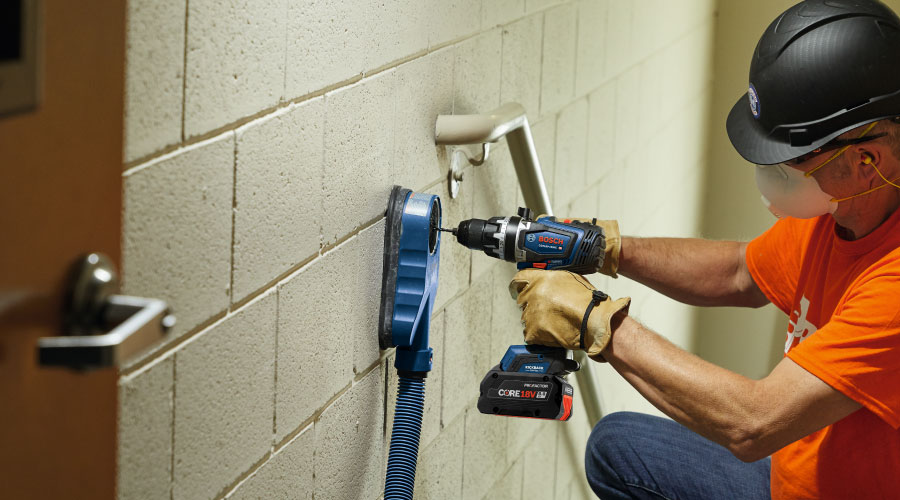Senate Buildings Receive Lighting, Plumbing Retrofits
The three Senate office buildings — Dirksen, Russell and Hart — have been a focus of the AOC’s energy-efficiency improvements, due to their high levels of energy use. The AOC completed a dimmable-ballast project in 11 office suites, and the project turned out to be more of a daylight-harvesting program, Ayers says. AOC technicians installed light sensors and replaced ballasts in the suites, and they programmed the dimmable ballasts to adjust as the amount of natural light entering the space fluctuates.
The ballast program typically saves 11,400 kilowatt hours per week, or 40 percent of the lighting energy the office suites use. The program saved 692,000 kilowatt hours of electricity in the first year.
“We’re seeing in every office suite that we put these in over 50 percent reduction in lighting load,” Ayers says. “In our pilot program, we tested 10 office suites, and every one of them was an enormous success. We’re out doing another 10 or 12 of them right now.”
Other projects in the Senate buildings include:
•replacing steam traps
•specifying water-conservation technologies, including dual-flush valves, low-flow flush sensor valves and low-flow sink sensor valves
• installing 4,000 compact fluorescent light bulbs.
Another big initiative in the Senate buildings is a metering plan, which allows the AOC to measure — not estimate — the impact of energy- and water-conservation projects. The plan includes the installation of chilled water, steam, domestic water and electrical meters in each building. The AOC has been metering electrical use for some time, but it is replacing older electrical meters with more sophisticated and modern units across the Capitol Complex, Ayers says.
“The old adage, ‘You can’t manage what you don’t measure’ is certainly true in this business,” Ayers says. “Giving us that real, empirical data about the changes we make (is important). That net effect of those changes on these electrical, steam and chilled-water meters is really, really important feedback — especially important as we go on to do the energy savings performance contracts.
“Metering, measuring and validation of these contractors’ efforts in our buildings is really the key to the success of those contracts.”
Related Topics:















